Home>Garden Essentials>How To Use Grapefruit Seed Extract For Yeast Infection


Garden Essentials
How To Use Grapefruit Seed Extract For Yeast Infection
Modified: March 15, 2024
Learn how to effectively use grapefruit seed extract in your garden to treat and prevent yeast infections. Discover the benefits of this natural remedy and say goodbye to garden troubles.
(Many of the links in this article redirect to a specific reviewed product. Your purchase of these products through affiliate links helps to generate commission for Storables.com, at no extra cost. Learn more)
Introduction
Welcome to our comprehensive guide on using grapefruit seed extract for yeast infections. If you’ve been struggling with the discomfort and itching caused by a yeast infection, you’re not alone. Yeast infections are a common issue that many people experience at some point in their lives. While there are various over-the-counter medications available, some individuals prefer natural remedies for treating yeast infections. One such natural remedy gaining popularity is grapefruit seed extract.
In this article, we will explore what yeast infections are, what grapefruit seed extract is, the benefits it offers, how to use it for yeast infections, the recommended dosage, precautions, and possible side effects. We will also discuss other natural remedies that can complement grapefruit seed extract in treating and preventing yeast infections.
Yeast infections, also known as candidiasis, are caused by an overgrowth of the Candida fungus in the body. This fungus is naturally present in our bodies but can multiply and cause an infection when the balance of microorganisms is disrupted. Yeast infections can occur in various parts of the body, including the mouth, genitals, and skin.
Grapefruit seed extract, often abbreviated as GSE, is derived from the seeds, pulp, and white membranes of grapefruit. It is known for its potent antimicrobial, antiviral, antifungal, and antioxidant properties. These beneficial properties make grapefruit seed extract an attractive option for treating yeast infections.
Before we dive into how to use grapefruit seed extract for yeast infections, let’s explore the numerous benefits it provides.
Key Takeaways:
- Grapefruit seed extract offers natural relief for yeast infections with its antifungal and immune-boosting properties, providing a gentle and versatile approach to combating Candida overgrowth.
- Alongside grapefruit seed extract, natural remedies like probiotics, tea tree oil, garlic, coconut oil, and oregano oil can complement each other in treating yeast infections, supporting the body’s natural healing processes.
Read more: What Is Grapefruit Seed Extract For
Understanding Yeast Infections
Yeast infections are caused by an overgrowth of the Candida fungus, specifically Candida albicans. While Candida is a normal part of the body’s microbiome, an imbalance can lead to an overgrowth and subsequent infection.
Yeast infections can occur in various areas of the body. The most common types include:
- Vaginal yeast infections: These are characterized by itching, burning, and abnormal discharge in the vaginal area. They primarily affect women but can also occur in men.
- Oral thrush: This is a yeast infection that affects the mouth and throat. It can cause white patches on the tongue, inner cheeks, and roof of the mouth.
- Cutaneous yeast infections: These affect the skin and typically occur in warm, moist areas such as the armpits, groin, and under the breasts.
Yeast infections can be triggered by various factors, including:
- High levels of stress
- Poor hygiene
- Weakened immune system
- Taking antibiotics, which can disrupt the natural balance of microorganisms in the body
- Pregnancy
- Diabetes
It’s important to note that while yeast infections are not considered sexually transmitted infections, they can be transmitted through sexual activity. It’s advisable for both partners to seek treatment to prevent reinfection.
While over-the-counter medications are available to treat yeast infections, some individuals prefer natural remedies. One such remedy is grapefruit seed extract.
Now that we have a better understanding of yeast infections, let’s delve into the benefits of grapefruit seed extract and how it can help combat these infections.
What is Grapefruit Seed Extract?
Grapefruit seed extract (GSE) is a natural substance derived from the seeds, pulp, and white membranes of grapefruit. It is known for its potent antimicrobial, antiviral, antifungal, and antioxidant properties, making it a popular choice for various health-related applications.
Grapefruit seed extract contains several active compounds, including bioflavonoids, vitamin C, and various phytochemicals. These components work together to provide numerous health benefits and support the body’s immune system.
Originally used as a natural preservative for food and cosmetics, grapefruit seed extract has gained recognition for its potential therapeutic effects. It has been studied for its antimicrobial properties, which make it effective against bacteria, viruses, fungi, parasites, and yeasts.
When it comes to treating yeast infections, grapefruit seed extract’s antifungal properties are particularly beneficial. It works by disrupting the cell walls of yeast cells, inhibiting their growth and replication.
It’s important to note that grapefruit seed extract should not be confused with grapefruit essential oil. While both are derived from grapefruit, essential oil is extracted from the peel of the fruit and is primarily used for its aromatic properties. Grapefruit seed extract, on the other hand, is made from the seeds and pulp and is used for its medicinal benefits.
The availability of grapefruit seed extract can vary, with different brands and formulations on the market. It is important to choose a high-quality, pure, and organic extract without any additives or fillers for optimal effectiveness.
Now that we understand what grapefruit seed extract is and its key properties, let’s explore the benefits it offers when it comes to combating yeast infections.
Benefits of Grapefruit Seed Extract
Grapefruit seed extract (GSE) offers a range of benefits due to its antimicrobial, antiviral, antifungal, and antioxidant properties. When it comes to yeast infections, GSE can be an effective natural remedy. Here are some of the benefits it provides:
1. Antifungal Properties:
Grapefruit seed extract has been shown to possess strong antifungal properties. It works by inhibiting the growth and replication of yeast cells, including Candida albicans – the fungus responsible for most yeast infections. This antifungal action helps to eliminate yeast overgrowth and alleviate the symptoms of yeast infections.
Read more: What Does Grapefruit Seed Extract Do
2. Broad-Spectrum Antimicrobial Activity:
Aside from its antifungal properties, grapefruit seed extract is also known to have broad-spectrum antimicrobial activity. It can effectively combat various strains of bacteria, viruses, and parasites. This makes GSE a valuable natural remedy for not only yeast infections but also other microbial-related health issues.
3. Immune System Support:
Grapefruit seed extract contains antioxidants and bioflavonoids that can help boost the immune system. A healthy immune system is crucial for fighting off infections, including yeast infections. By supporting immune function, GSE can aid in preventing recurrent yeast infections and supporting overall well-being.
4. Gentle on the Body:
Unlike some conventional medications that can have harsh side effects, grapefruit seed extract is generally well-tolerated and gentle on the body. This makes it a preferred option for individuals seeking natural remedies with minimal side effects.
5. Versatile Application:
Grapefruit seed extract can be used both internally and externally. It comes in various forms, including liquid, capsules, and topical formulations. This versatility allows for different application methods depending on the type and location of the yeast infection.
It’s important to note that while grapefruit seed extract offers promising benefits, it is always advisable to consult with a healthcare professional before starting any new treatment, especially if you have underlying health conditions or are on medications.
Now that we understand the benefits of grapefruit seed extract, let’s move on to the next section to learn how to use it effectively for yeast infections.
Read more: Who Sells Grapefruit Seed Extract
Using Grapefruit Seed Extract for Yeast Infection
Grapefruit seed extract (GSE) can be used in various ways to effectively treat yeast infections. Here are some recommendations on using GSE for yeast infection:
1. Diluted GSE Solution:
One common method is to create a diluted solution of grapefruit seed extract for use as a vaginal wash. Mix a few drops of GSE with warm water and use it to cleanse the affected area. Be sure to use a gentle, unscented soap to wash the area before applying the diluted GSE solution.
2. GSE Capsules:
Grapefruit seed extract is also available in capsule form, which can be taken orally to combat yeast infections from the inside. Follow the dosage instructions provided by the manufacturer or consult with a healthcare professional for the recommended dosage. It’s important to note that individual dosages may vary depending on the severity of the infection and personal health factors.
3. Topical Application:
Grapefruit seed extract can be applied topically to the affected skin areas, especially for yeast infections on the skin or in the mouth. Dilute a few drops of GSE in a carrier oil, such as coconut or olive oil, before applying it to the affected area. This helps to prevent any potential irritation, as GSE in its concentrated form may be too strong for some individuals.
Read more: What Is Celery Seed Extract Good For
4. GSE Suppositories:
For vaginal yeast infections, GSE suppositories can be a convenient option. These can be purchased or made at home by mixing a few drops of GSE with a carrier oil, such as coconut oil, and forming them into small suppository shapes. Follow the instructions on the product or consult with a healthcare professional for proper usage.
It’s important to note that while grapefruit seed extract can be effective, it may not work for everyone. If symptoms persist or worsen, it’s recommended to consult with a healthcare professional for further evaluation and guidance.
While using grapefruit seed extract, it’s essential to maintain good personal hygiene practices, wear breathable clothing, and avoid irritants to prevent the recurrence of yeast infections. Additionally, adopting a healthy lifestyle, including a balanced diet and regular exercise, can help support the body’s natural defenses against yeast infections.
Next, let’s discuss the recommended dosage of grapefruit seed extract for treating yeast infections.
Recommended Dosage
The recommended dosage of grapefruit seed extract (GSE) for yeast infection can vary depending on factors such as the severity of the infection, individual tolerance, and the specific product being used. It’s important to read the instructions provided by the manufacturer or consult with a healthcare professional for personalized guidance. That being said, here are some general guidelines for dosage:
1. Oral Dosage:
If using GSE in capsule form, follow the dosage instructions provided by the manufacturer. Typically, a recommended dosage is around 100-200 milligrams of GSE per day. It’s best to divide this dosage into smaller increments, such as two to three times daily, to ensure consistent levels in the body.
2. Diluted Solution Dosage:
When using a diluted GSE solution for vaginal washes or oral rinses, start with a few drops of GSE in approximately 8 ounces (240 milliliters) of warm water. Gradually increase the concentration if needed, while monitoring your body’s response. However, avoid using highly concentrated solutions, as they may cause irritation.
Read more: How To Grow Grapefruit Tree From Seed
3. Topical Application Dosage:
For topical application, such as applying GSE to the skin or mouth, dilute a few drops of GSE in a carrier oil, such as coconut or olive oil, before applying it to the affected area. The exact amount will depend on the area being treated. Start with a small amount and gradually increase if necessary. Always monitor your skin’s reaction and discontinue use if any irritation or discomfort occurs.
It’s important to note that everyone’s sensitivity to grapefruit seed extract may vary. If you experience any adverse reactions or discomfort, discontinue use and consult with a healthcare professional.
Additionally, it’s advisable to use grapefruit seed extract for yeast infections under the guidance of a healthcare professional, especially if you have any underlying health conditions or are taking medications that may interact with GSE.
Now that we’ve discussed the recommended dosage, let’s move on to the precautions and possible side effects of grapefruit seed extract.
Precautions and Side Effects
While grapefruit seed extract (GSE) is generally considered safe for most individuals, there are a few precautions to keep in mind to ensure proper usage and minimize the risk of side effects:
1. Allergic Reactions:
Individuals who are allergic to grapefruits should avoid using grapefruit seed extract, as they may experience allergic reactions. It’s important to read product labels carefully and consult with a healthcare professional if you have any known fruit allergies or sensitivities.
2. Dilution:
GSE is highly concentrated and should always be diluted before use to avoid potential skin irritation or mucous membrane damage. Follow the recommended dilution guidelines provided by the manufacturer or consult with a healthcare professional for proper dilution ratios.
Read more: What Is The Best Grape Seed Extract To Take
3. Interactions with Medications:
Some medications, such as certain antibiotics, anticoagulants, and antihistamines, may interact with grapefruit seed extract. These interactions can affect the effectiveness or increase the risk of side effects of both the medication and GSE. If you are taking medications, it’s important to consult with a healthcare professional before using GSE to ensure compatibility.
4. Pregnant and Breastfeeding Women:
There is limited research on the safety of grapefruit seed extract for pregnant and breastfeeding women. It’s best to consult with a healthcare professional before using GSE during these periods to weigh the potential benefits against the potential risks.
5. Possible Side Effects:
While rare, some individuals may experience side effects when using grapefruit seed extract. These can include stomach upset, diarrhea, skin irritation, or allergic reactions. If you experience any adverse reactions, discontinue use and seek medical attention.
As with any natural remedy, it’s essential to use grapefruit seed extract responsibly and in moderation. If symptoms persist or worsen, it’s recommended to consult with a healthcare professional for further evaluation and guidance.
Now, let’s explore some other natural remedies that can be complementary to grapefruit seed extract for treating yeast infections.
Other Natural Remedies for Yeast Infections
In addition to grapefruit seed extract, there are several other natural remedies that can help in treating yeast infections. These remedies can be used in conjunction with or as alternatives to grapefruit seed extract. Here are a few options:
Read more: How To Store Instant Yeast
1. Probiotics:
Probiotics, particularly those containing Lactobacillus acidophilus, can help restore the balance of healthy bacteria in the body. This can be especially beneficial for yeast infections, as it promotes the growth of beneficial microorganisms and inhibits the overgrowth of Candida. Probiotics are available as supplements, but they can also be found in certain foods like yogurt, kefir, and sauerkraut.
2. Tea Tree Oil:
Tea tree oil is known for its powerful antifungal properties. It can be diluted in a carrier oil, such as coconut oil, and applied topically to the affected area. However, it’s important to note that tea tree oil should never be ingested or used directly on sensitive areas without dilution, as it can cause skin irritation.
3. Garlic:
Garlic is a natural antifungal and antibacterial agent. Consuming raw garlic or taking garlic supplements can help inhibit the growth of Candida. Additionally, garlic can be used topically by crushing a few garlic cloves and applying the paste to the affected area. However, be cautious as raw garlic may cause irritation for some individuals.
4. Coconut Oil:
Coconut oil contains caprylic acid, a natural antifungal agent that can help combat yeast infections. It can be applied topically to the affected area or used as a natural lubricant during sexual activity. Additionally, consuming coconut oil can help support the immune system and promote overall well-being.
Read more: How To Store Yeast
5. Oregano Oil:
Oregano oil is another natural antifungal remedy that can be used to combat yeast infections. It contains compounds, such as carvacrol and thymol, which have potent antifungal properties. Oregano oil can be diluted in a carrier oil and applied topically or taken orally as directed by a healthcare professional.
It’s important to note that natural remedies may not work for everyone, and the effectiveness can vary depending on the individual. It’s advisable to consult with a healthcare professional before using any natural remedy, especially if you have underlying health conditions or are taking medications.
Now that we’ve explored various natural remedies, let’s conclude our guide on using grapefruit seed extract for yeast infections.
Conclusion
Yeast infections can be uncomfortable and disruptive, but there are natural remedies available to help alleviate symptoms and promote healing. Grapefruit seed extract (GSE) is one such remedy with powerful antifungal properties that can effectively combat yeast infections caused by Candida overgrowth.
In this comprehensive guide, we’ve explored what yeast infections are, the benefits of grapefruit seed extract, how to use it for yeast infections, the recommended dosage, precautions, and possible side effects. We’ve also discussed other natural remedies that can complement the use of grapefruit seed extract in treating yeast infections.
Grapefruit seed extract offers antifungal, antimicrobial, antiviral, and antioxidant properties, making it a valuable tool in the fight against yeast infections. Whether used topically, orally, or in suppository form, GSE provides a natural and gentle approach to addressing yeast overgrowth.
However, it’s crucial to keep in mind that personal tolerance and effectiveness may vary. It’s best to consult with a healthcare professional before starting any new treatment, especially if you have underlying health conditions or are taking medications.
In addition to grapefruit seed extract, other natural remedies such as probiotics, tea tree oil, garlic, coconut oil, and oregano oil can also be beneficial in treating yeast infections. These remedies can work synergistically to support the body’s natural healing processes and restore balance to the microbiome.
Remember, maintaining good personal hygiene practices, wearing breathable clothing, and avoiding irritants are essential in preventing recurrent yeast infections. Adopting a healthy lifestyle, including a balanced diet and regular exercise, can also support your body’s natural defenses against yeast overgrowth.
In conclusion, when it comes to treating yeast infections, grapefruit seed extract is a natural remedy worth considering. Its antifungal properties, coupled with its multiple health benefits, make it a promising option for those seeking a natural solution. Embrace the power of nature and take control of your wellbeing with grapefruit seed extract and other complementary natural remedies.
Frequently Asked Questions about How To Use Grapefruit Seed Extract For Yeast Infection
Was this page helpful?
At Storables.com, we guarantee accurate and reliable information. Our content, validated by Expert Board Contributors, is crafted following stringent Editorial Policies. We're committed to providing you with well-researched, expert-backed insights for all your informational needs.



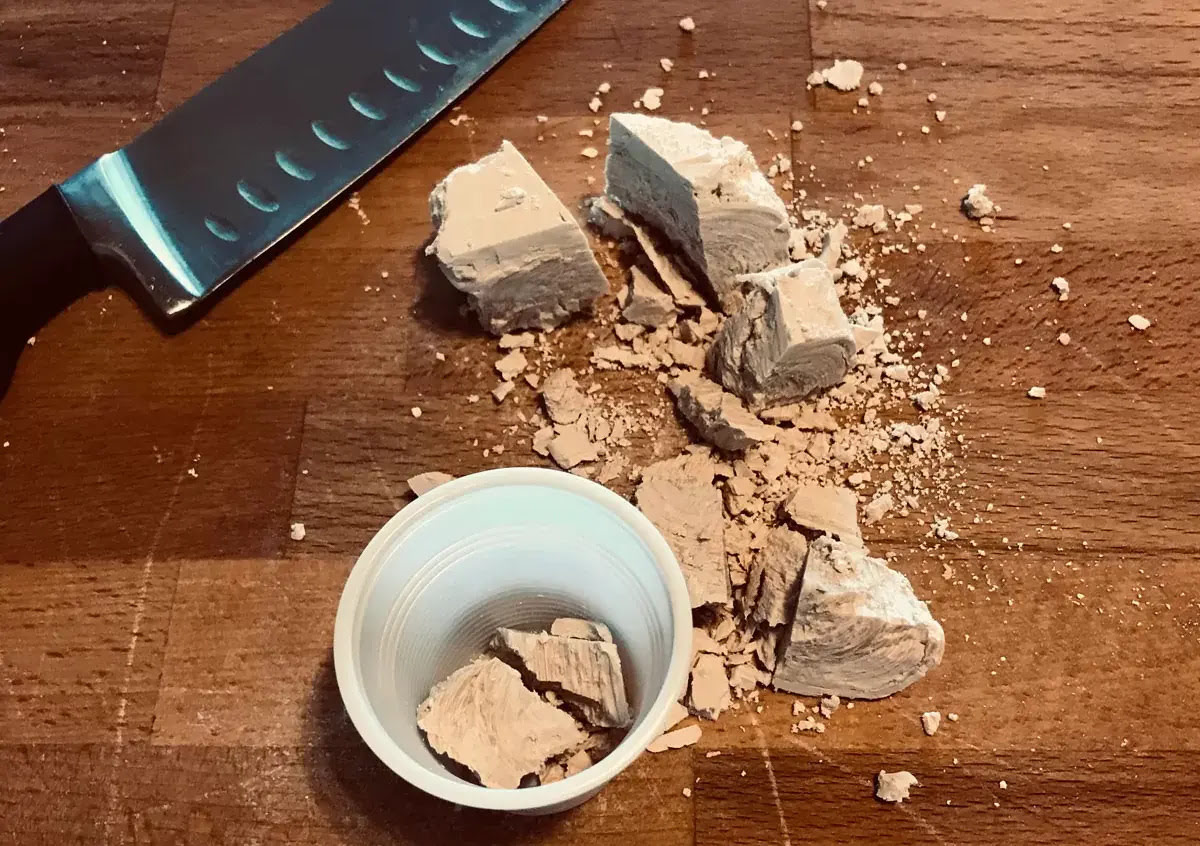
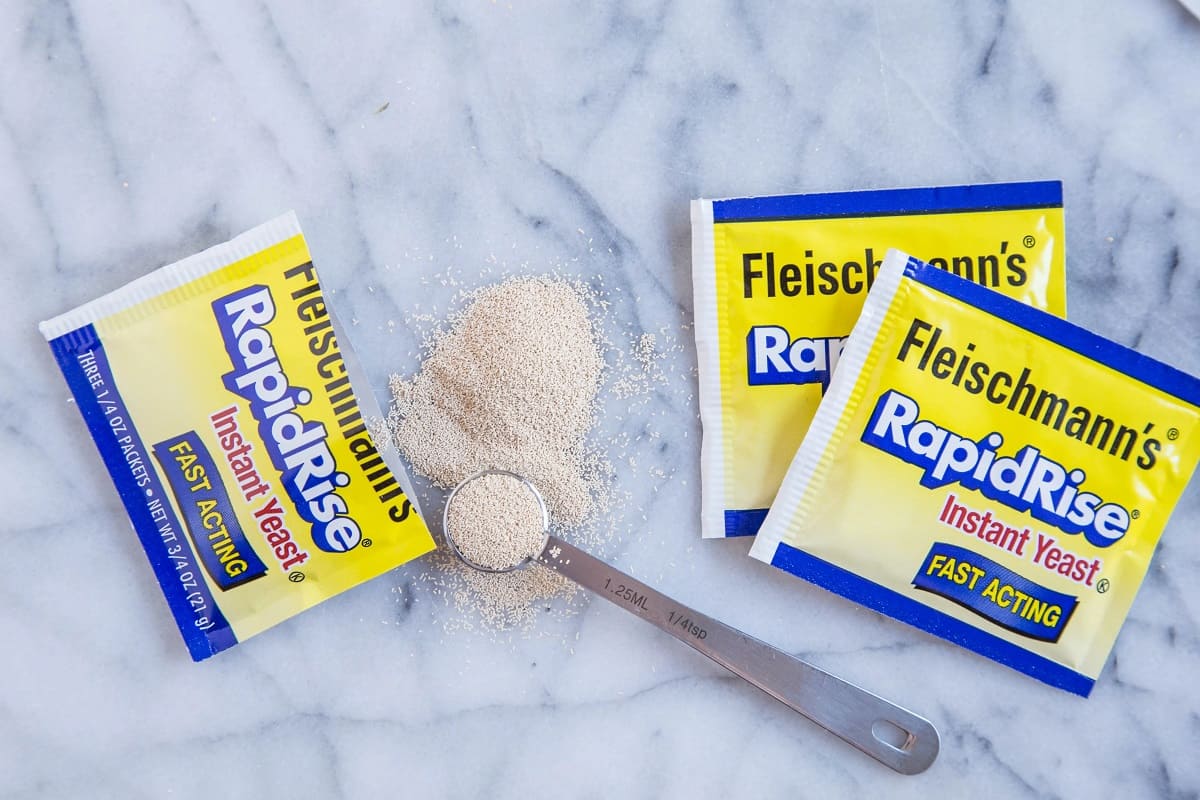
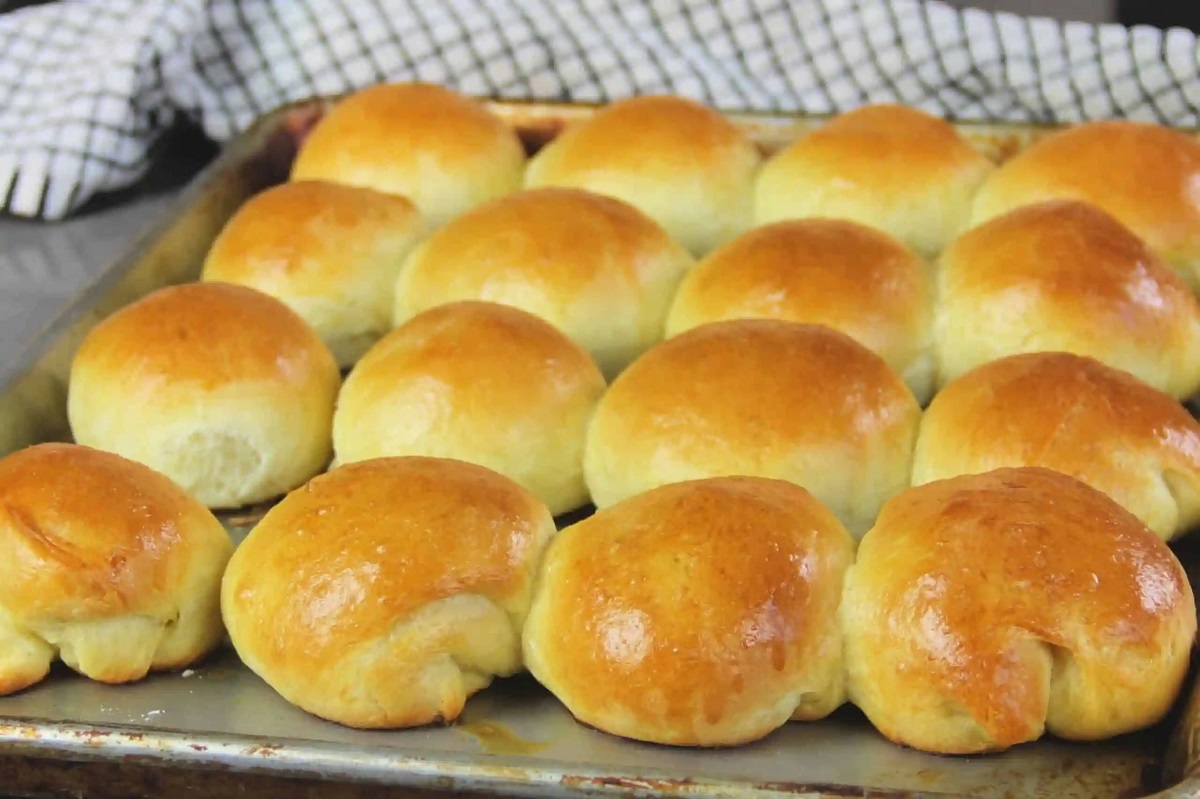
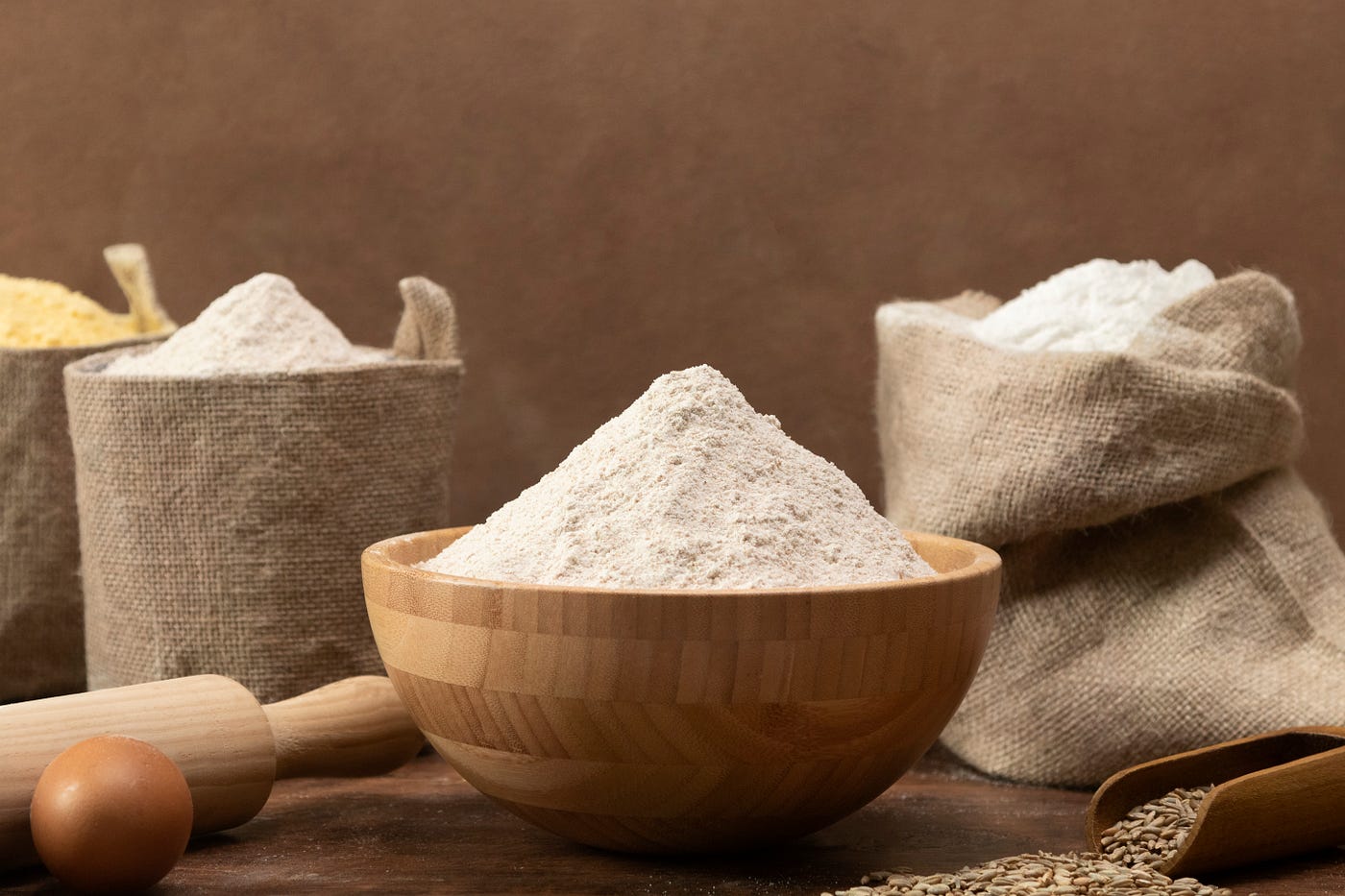
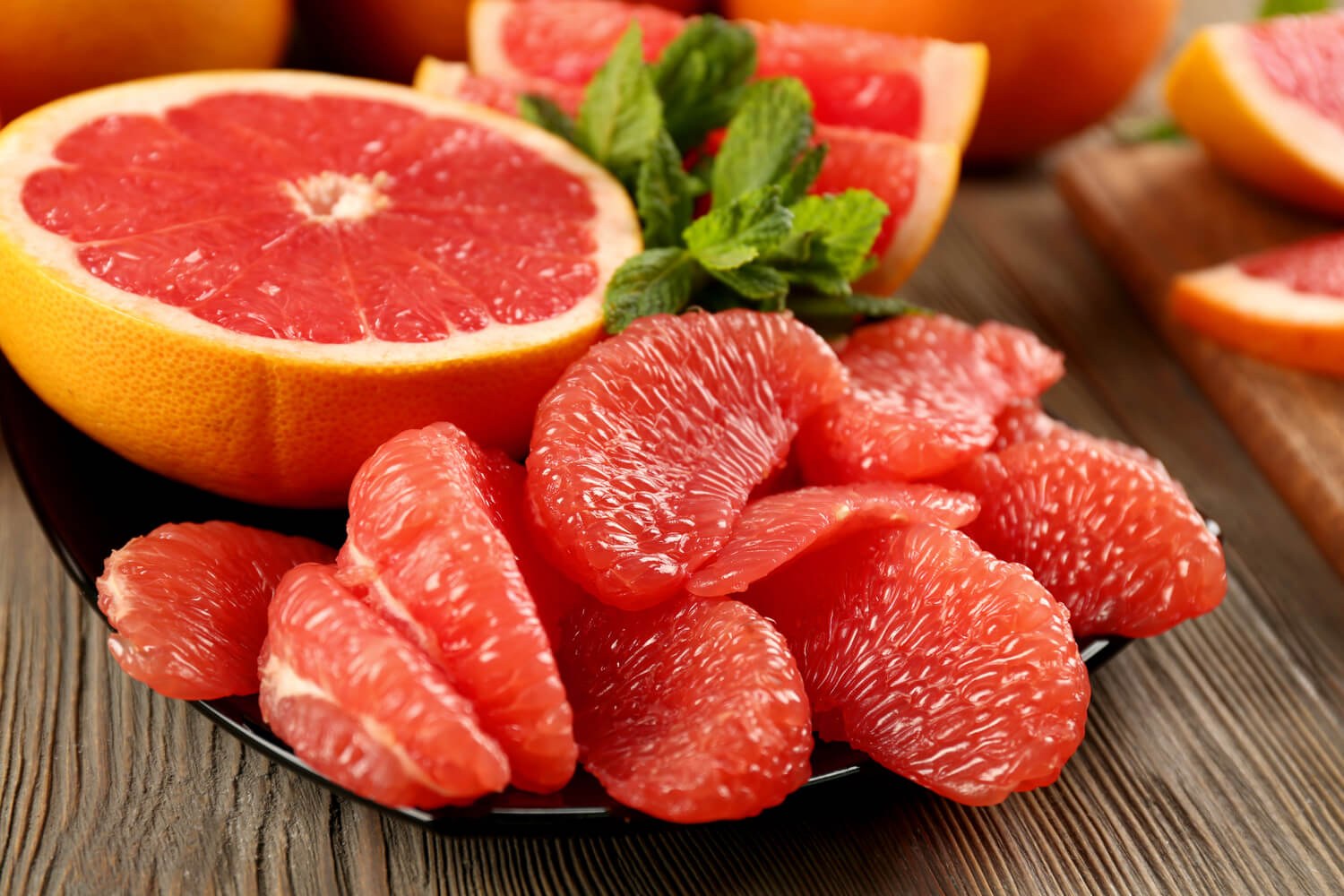

0 thoughts on “How To Use Grapefruit Seed Extract For Yeast Infection”